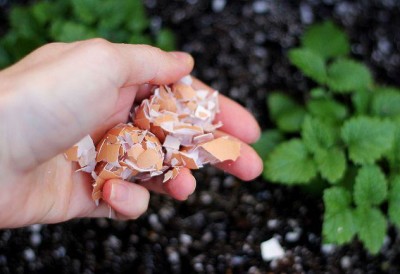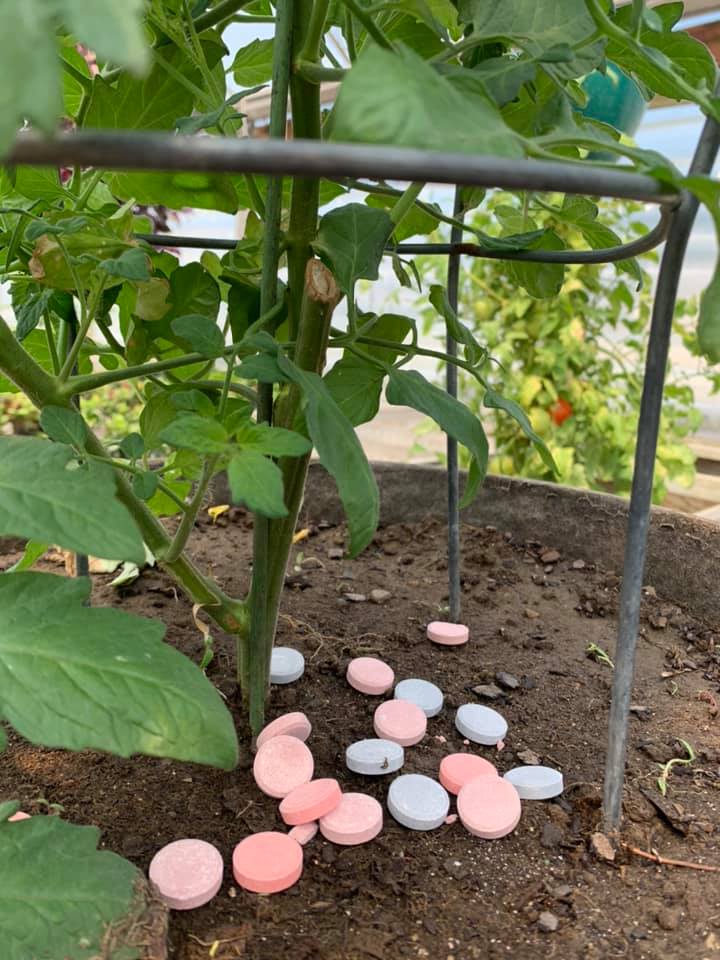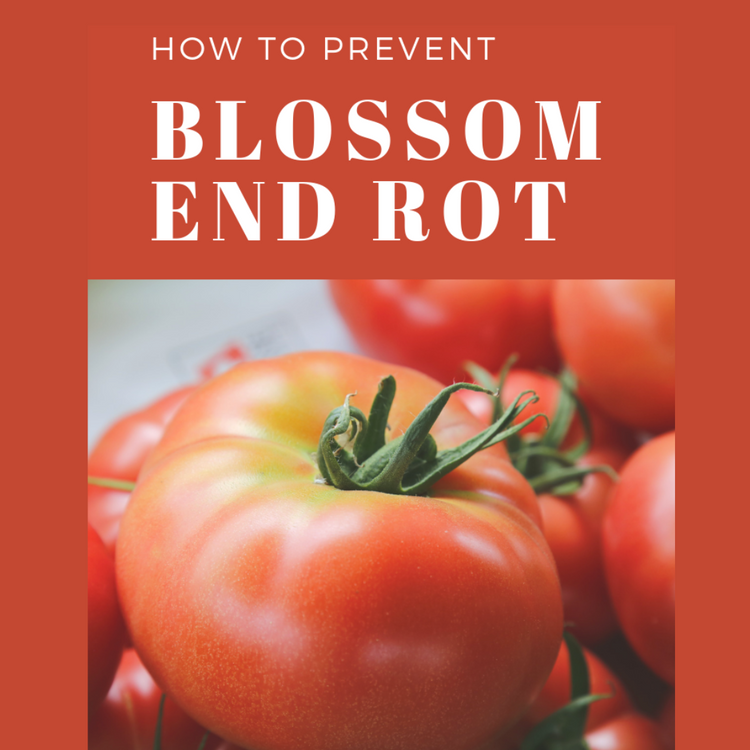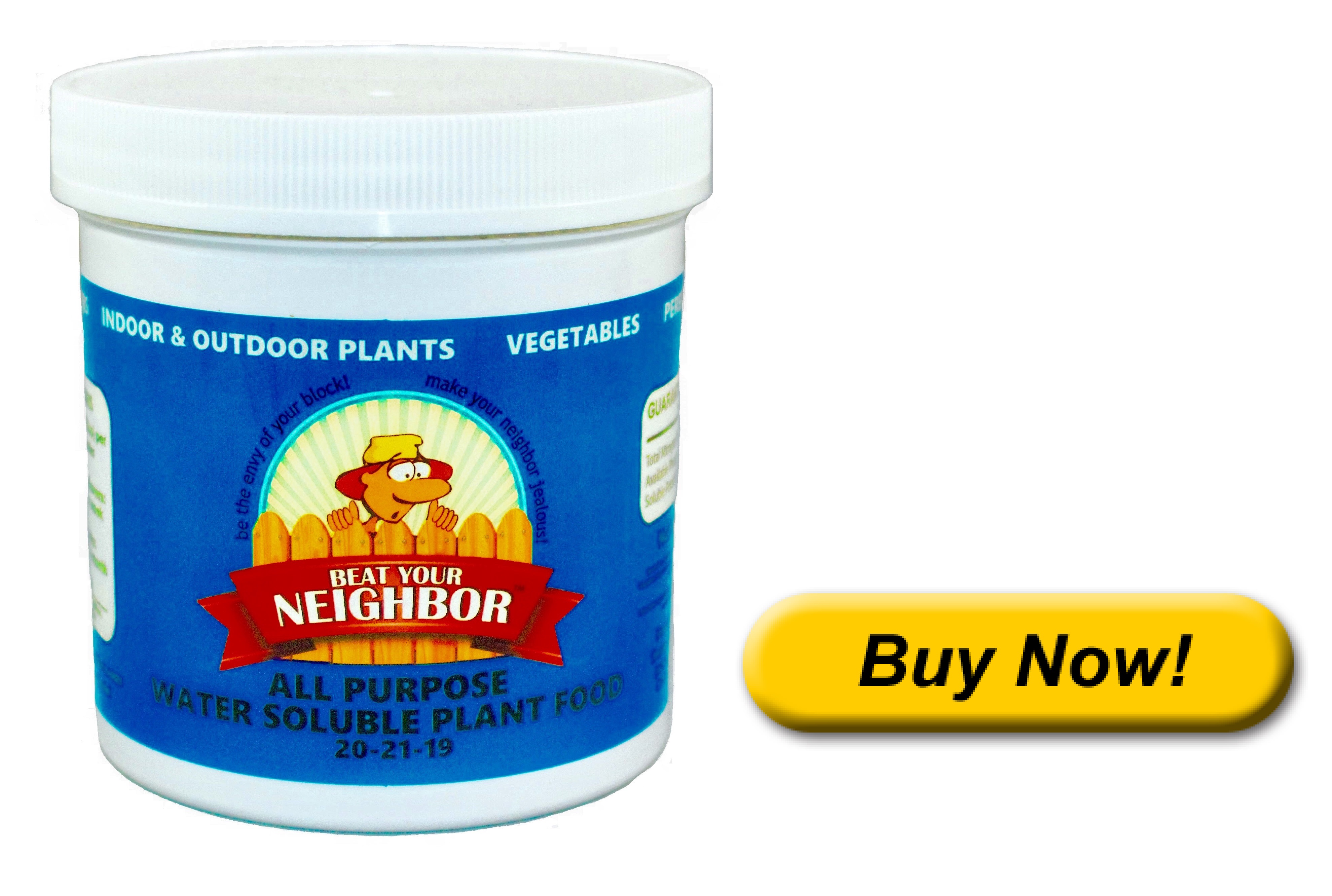Tomato Talk: Preventing Blossom End Rot
Posted by Scott Sharkey on Mar 7th 2023
Every year we are asked about how to get rid of Blossom End Rot. This awful sounding name is describing the symptom of a calcium deficiency in many garden vegetables as they are forming fruit, the most common being tomatoes, but also can be found among peppers and eggplant. Blossom end rot is different than blight, which is also common with tomatoes (and a topic for another blog) but we don't want to confuse the two. Blossom end rot is when the tomato has a large, unsightly black or "rotten" portion.

Once there are signs of blossom end rot on a tomato, go ahead and pluck the fruit from the vine, as it will not come around and grow out of it. The real key is to prevent it from happening long before the tomatoes go in the ground.
As mentioned, blossom end rot is actually a calcium deficiency as the fruit is growing. It is more pronounced when there is heavy rain (or too much watering) so be sure to watch carefully if the plants are getting water logged.
The answer to preventing blossom end rot is by adding calcium to the plant before it sets fruit. The plants need to have a steady supply of calcium beforehand, that is why it helps to prepare the soil before planting your garden.
There are several ways to accomplish this:
1. Save up those egg shells. Crumble up your used egg shells and add them into to soil and around your plants. Not only will it help to add calcium but also many pests tend to avoid the areas where the egg shells are.

2. Tums. Add Tums (or the generic) to give a calcium boost to your soil. Grab a handful and place them into the ground several times throughout the growing season. https://amzn.to/3vSusRS

3. Sidewalk chalk. Yep, grab your kid's sidewalk chalk and crumble it up into the soil. It does have calcium in it. Just be sure to give your kids a blank expression when they ask if you've seen their chalk.
4. Calcium Sprays. There are several sprays available on the market that will give your plants a boost of the needed calcium to help prevent blossom end rot. Bonide Rot Stop for Tomatoes: https://amzn.to/3UTNBPh
5. Add some mulch around the base of your plants. This will help keep a consistent moisture level for the plants, preventing that wet/dry/wet cycle that seems to really bring about problems in fruit development. It will also help to prevent blight.
Be sure to fertilize your garden regularly with our Beat Your Neighbor fertilizer to make sure that the plants are getting the proper nutrition. This will help your plants to be healthy and strong, but be sure to add calcium to the soil to prevent blossom end rot.
Good luck with your garden this year. Hopefully these tips will help you to have a great fresh supply of tomatoes!


